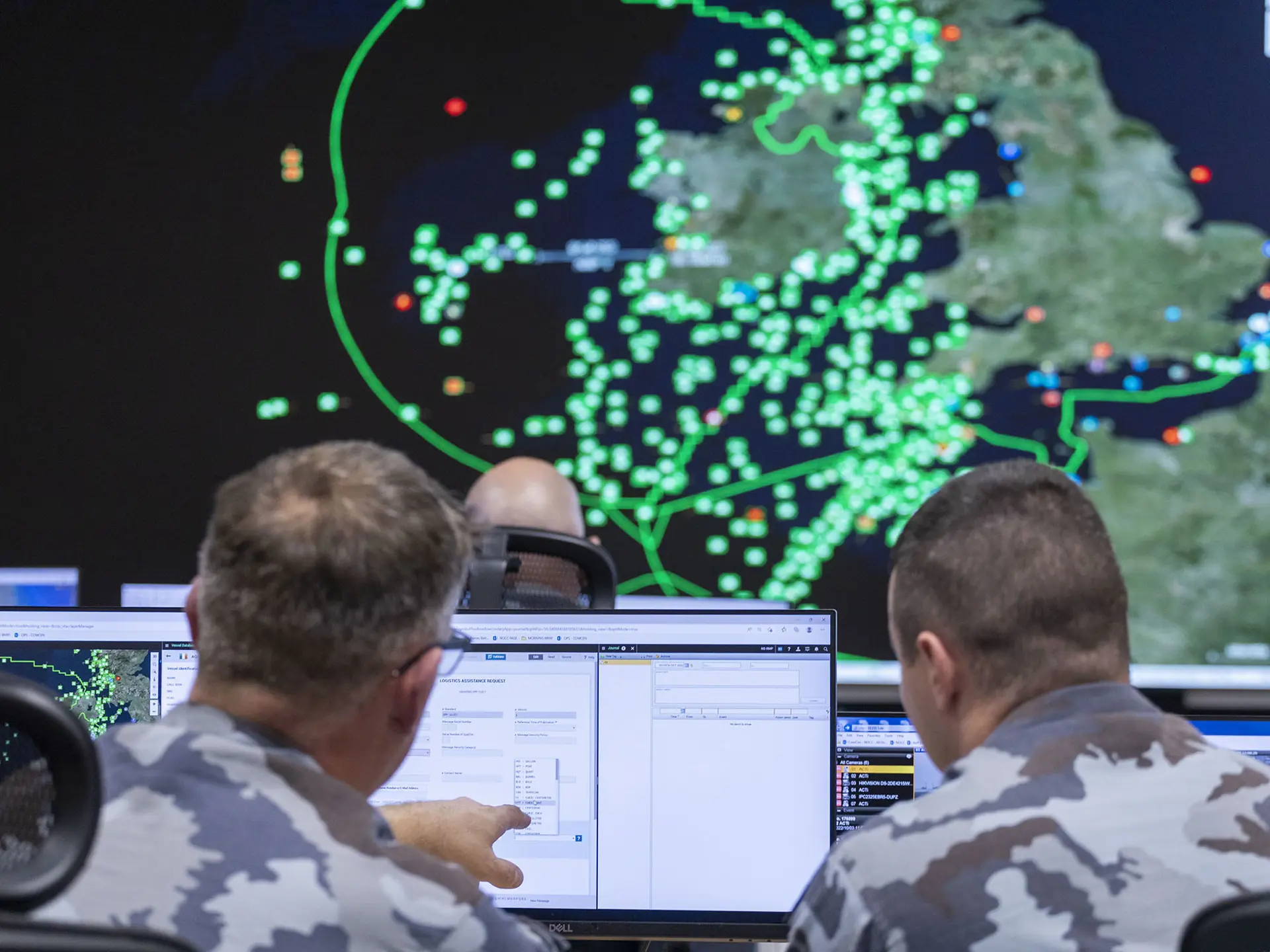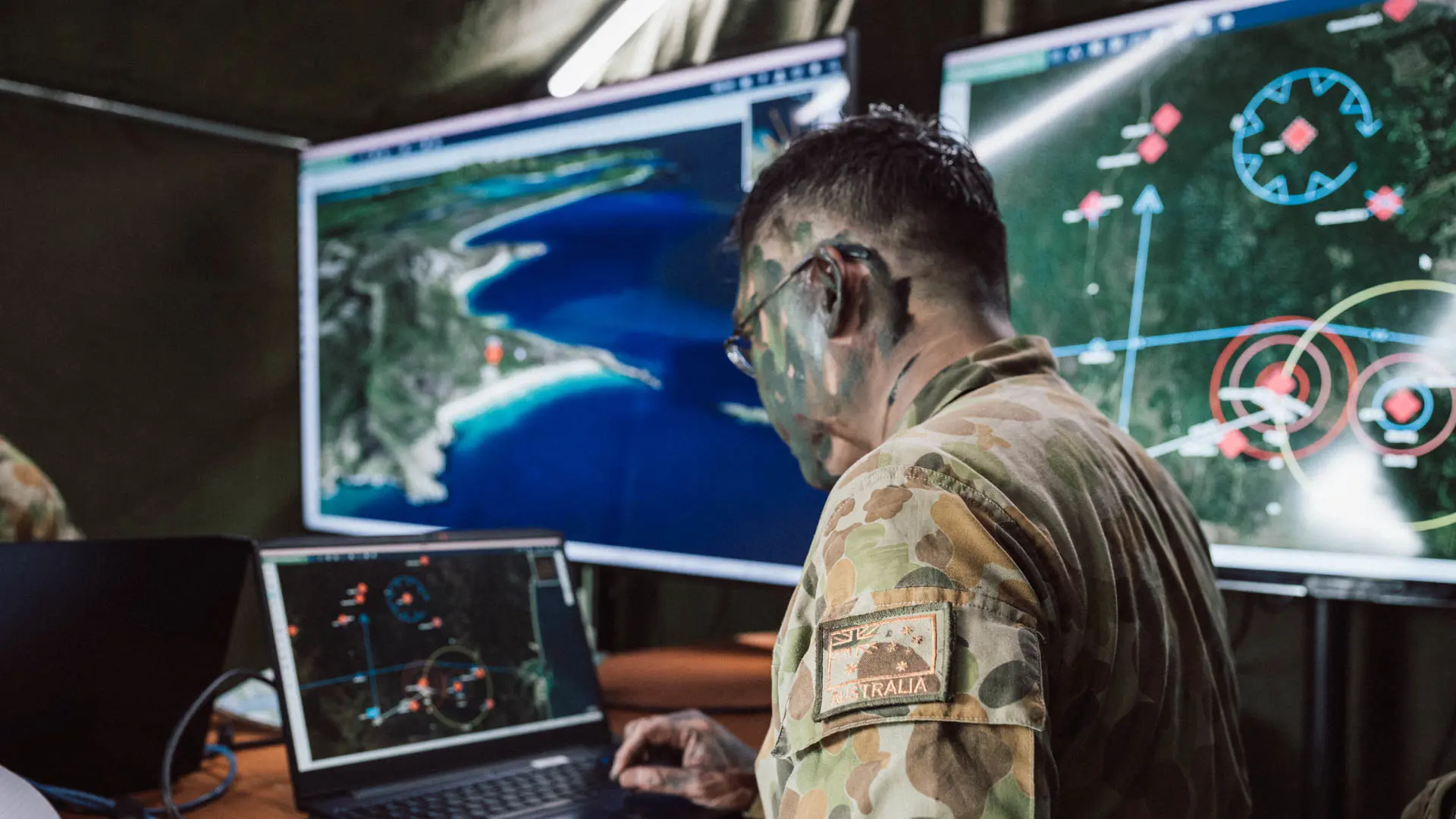How to stop spoofing in its tracks
Can you always believe what you see?
In an information-rich world littered with deepfakes, bots, phishing and sponsored subterfuge the answer, when it comes the internet at least, is clearly no. But away from mainstream, online channels the infiltration of these trends into secure systems is a matter of even more concern. We’re talking about the spoofing of Automatic Identification System (AIS) tracks – an alarming issue that has entered the modern maritime battlespace.
Spark in a tinderbox
One of the most high-profile incidents of spoofing was in 2021 when the AIS track data of two NATO vessels; the UK Royal Navy’s HMS Defender, and the Royal Netherlands Navy’s HNLMS Evertsen, showed them operating in the disputed waters off Sevastopol.
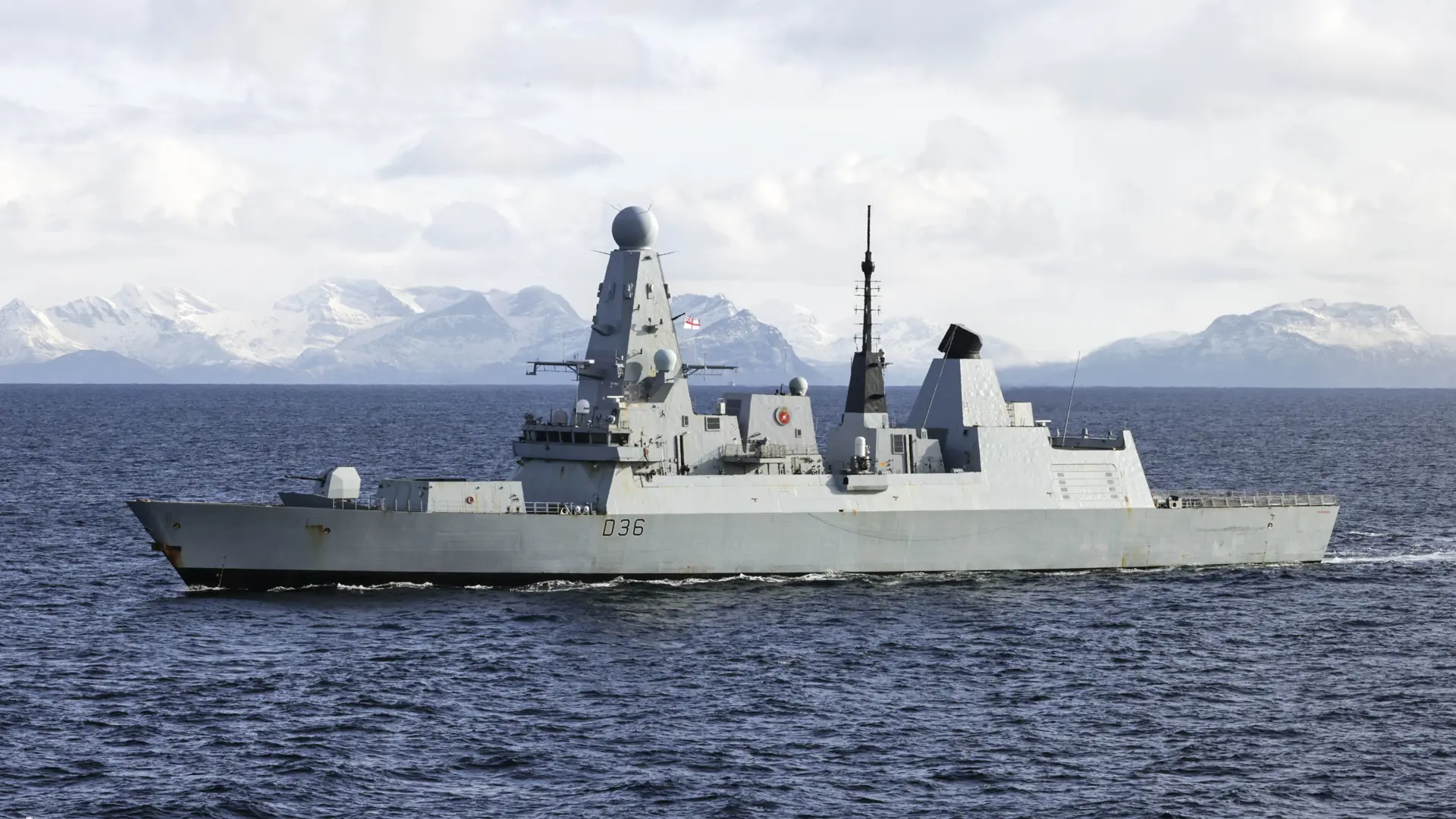
Anyone just using the data on its own could take that as evidence that the vessels were well within Crimean territory claimed by Russia. Yet the warships were nowhere near Sevastopol and were in fact 180 miles away and alongside in Odessa – proven by the CCTV cameras at the port. This type of fake data isn’t just irritating, it could have been a potential catalyst for a diplomatic incident or the spark for a military engagement.
With the majority of Russia’s Black Sea Fleet based in Sevastopol, the presence of NATO vessels would have been highly confrontational.
Whatever the intention, spoofing incidents like this paint an alarming picture of how data can be manipulated to create a situation with the potential for catastrophe.
Maritime security
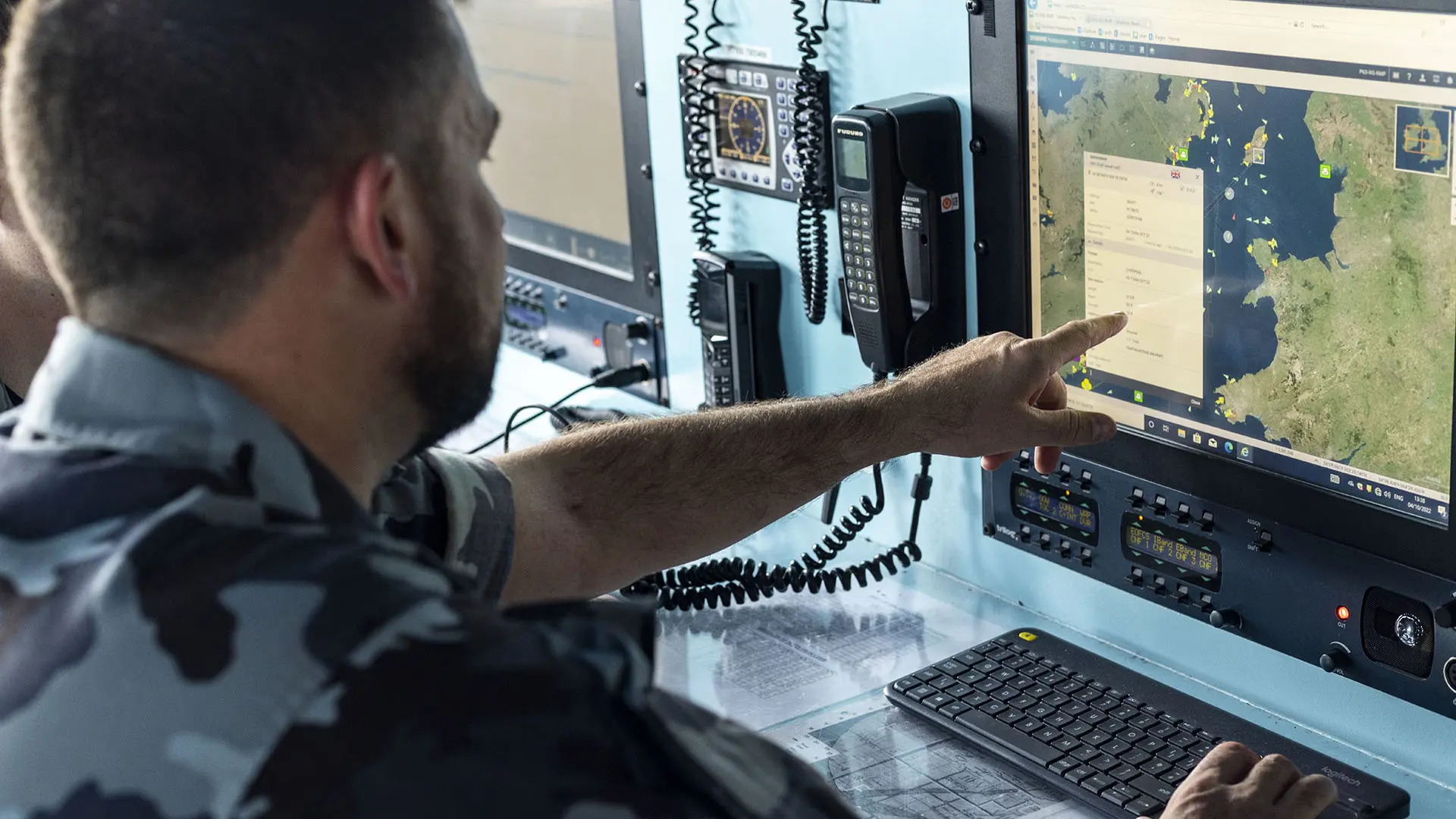
Navies around the world provide a line of deterrence at sea, particularly for cargo ships and busy ports. They are the eyes, ears, and police capability when criminals use the oceans to smuggle goods and people, taking a gamble that no-one will be watching.
Vessels involved in this type of illegal activity will often hide their identity when broadcasting AIS leading to a game of cat-and-mouse with the authorities. This falsifying of AIS positions results from the sending of manipulated or scrambled GPS information which operators must be primed to spot.
All-in-all, this is a nasty headache for any naval commander operating at sea. So, what are the strategies to mitigate the damage of spoofing?
1. Our first piece of advice may seem obvious but incoming information can be vast, and human error is always a possibility – particularly during long periods at sea. The Recognised Maritime Picture should always be built from a variety of sources of information, rather than have a reliance on AIS.
The diversity and volume of data that must be assessed for this to happen makes it a challenge - the correlation process is particularly laborious. Add to this the technical issues, timeliness, and manning requirements and it is easy to see where mistakes can be made.
This is where automating processes and using Artificial Intelligence (AI) in the development of the RMP comes into its own. If the bulk of the track information from multiple sources such as AIS, OTH-Gold and radar is automatically sifted and correlated, it can remove many of the barriers to building a coherent RMP.
2. AI must be used to the full range of its capability, which includes detecting anomalies in a ship’s behavioural pattern. Inserting historical information – such as ship locations, vessel characteristics, and typical movements – into an AI system enables an accurate ‘pattern of life’ to be established. Based on this, commanders can task the system to alert them to a range of abnormal and other behaviours.
AI can also bring a range of other capabilities – it can automatically identify ship classes and even individual vessels based on object recognition. Algorithms trained on the appropriate data can automatically determine vessels based on the analysis of an image or silhouette. This capability can meet dynamic recognition tasks and provide persistent surveillance, for example from shore-based sensors.
Modern problems - modern tech
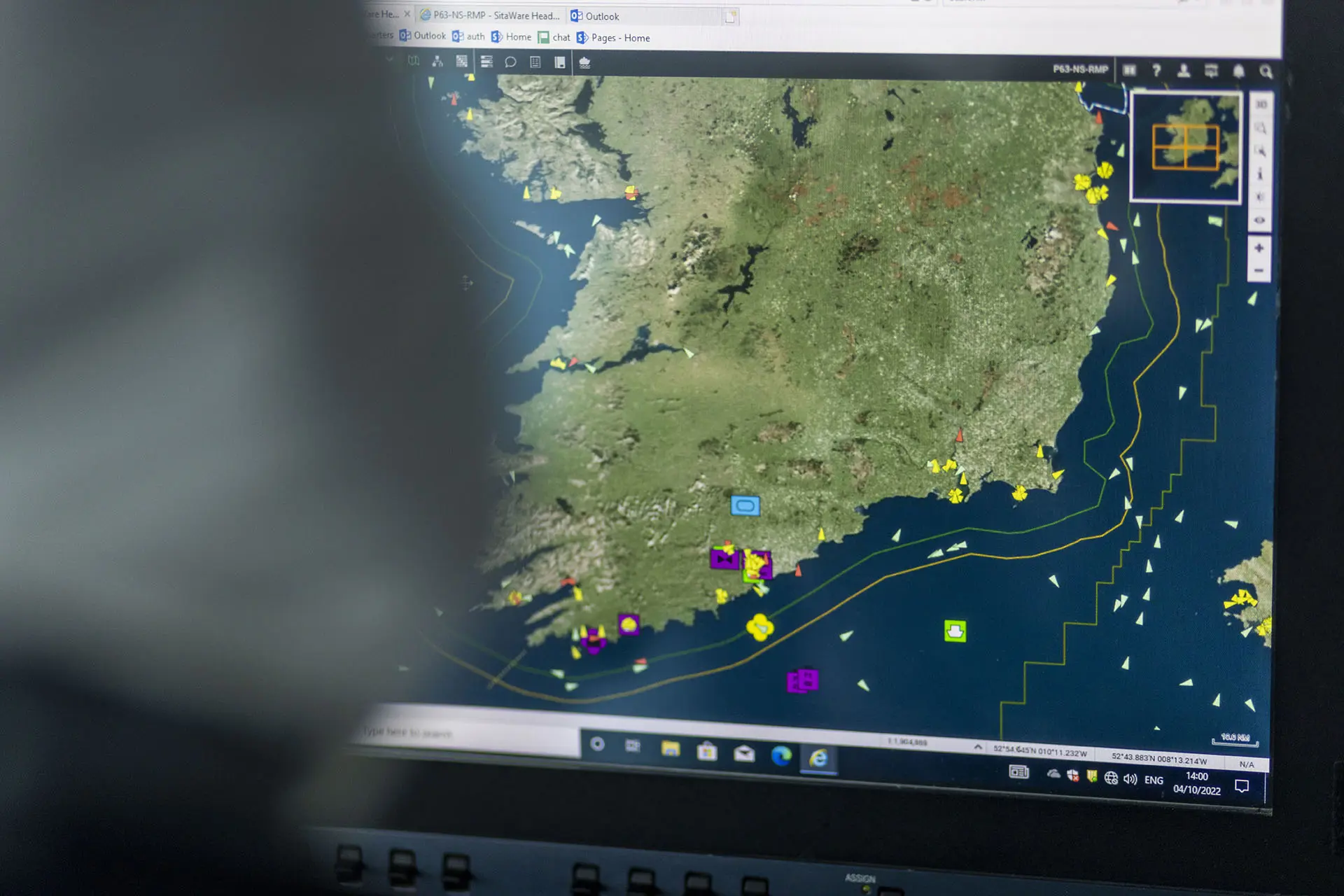
We operate in a world where information is king. And the manipulation of it, particularly in the world of defence and security, can have far reaching effects. But, as the threat won’t go away, the approach needs to be revised – with sophisticated technologies and smarter controls to not only meet the threat but spot it well in advance.
SitaWare Maritime employs such technology, delivering advanced C4ISR capabilities that exceed much of the functionality of in-service systems, as well as those of systems that are under development and yet to enter service.
Some of its main functions includes the development of an RMP, track correlation and fusion, anomaly detection and operational messaging. In use globally, our experts are always available to provide more information about the product or visit our dedicated maritime pages for an overview.
